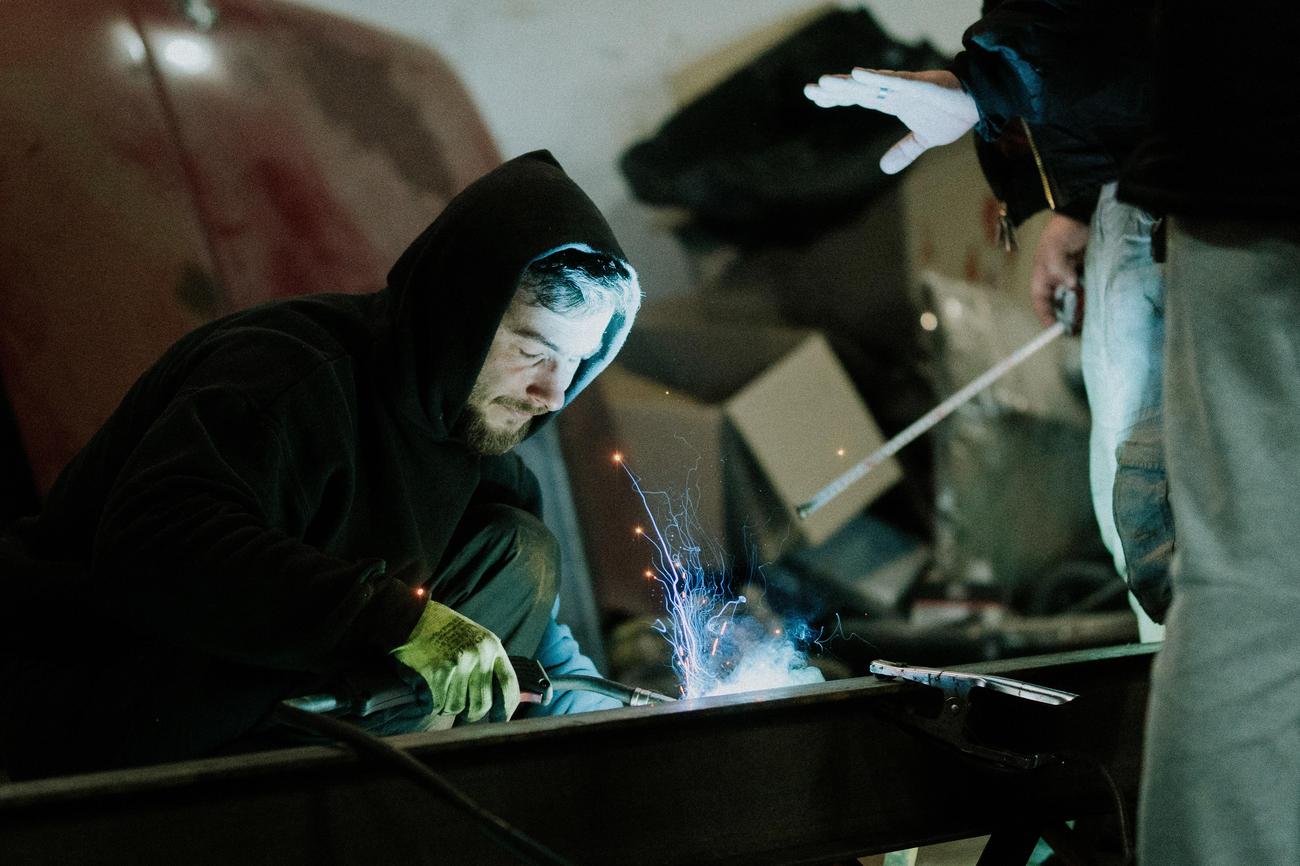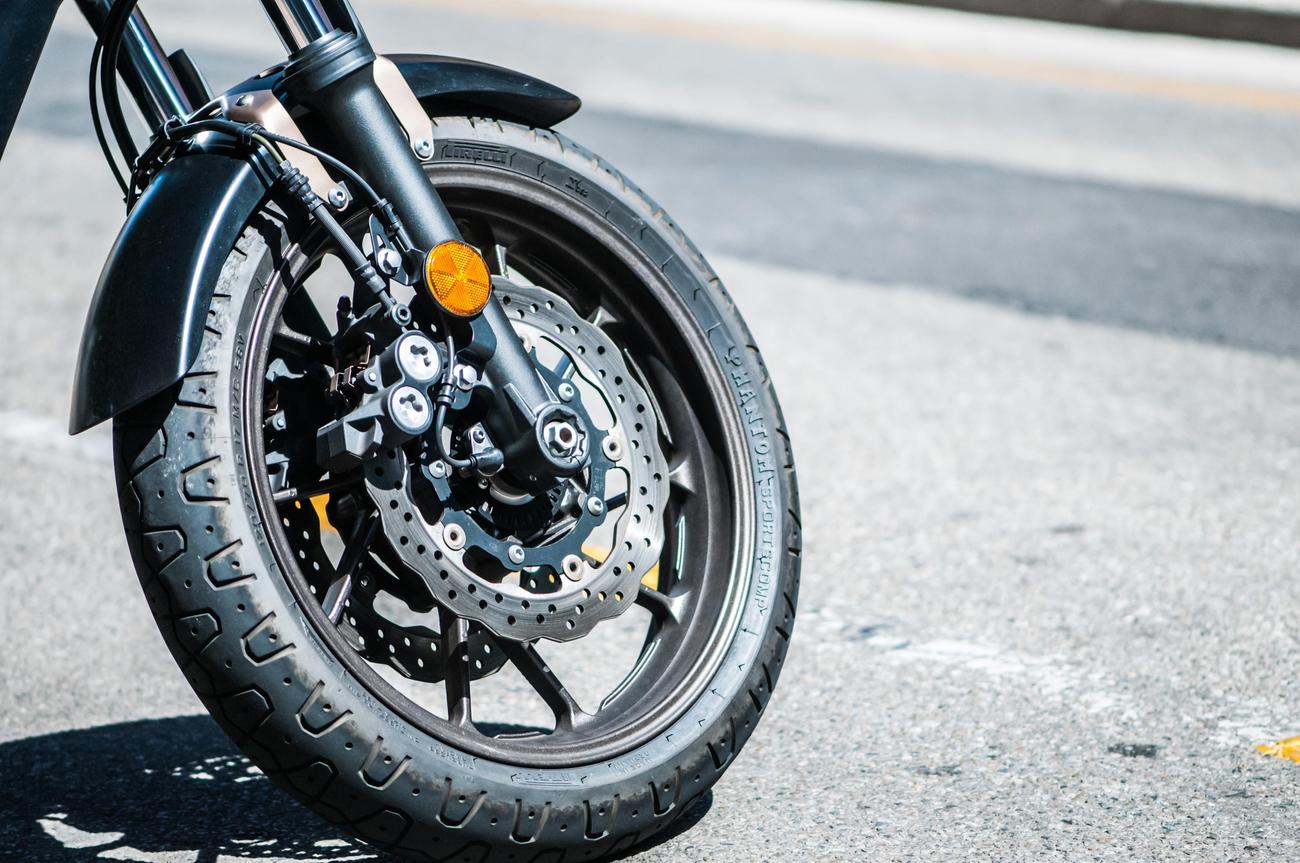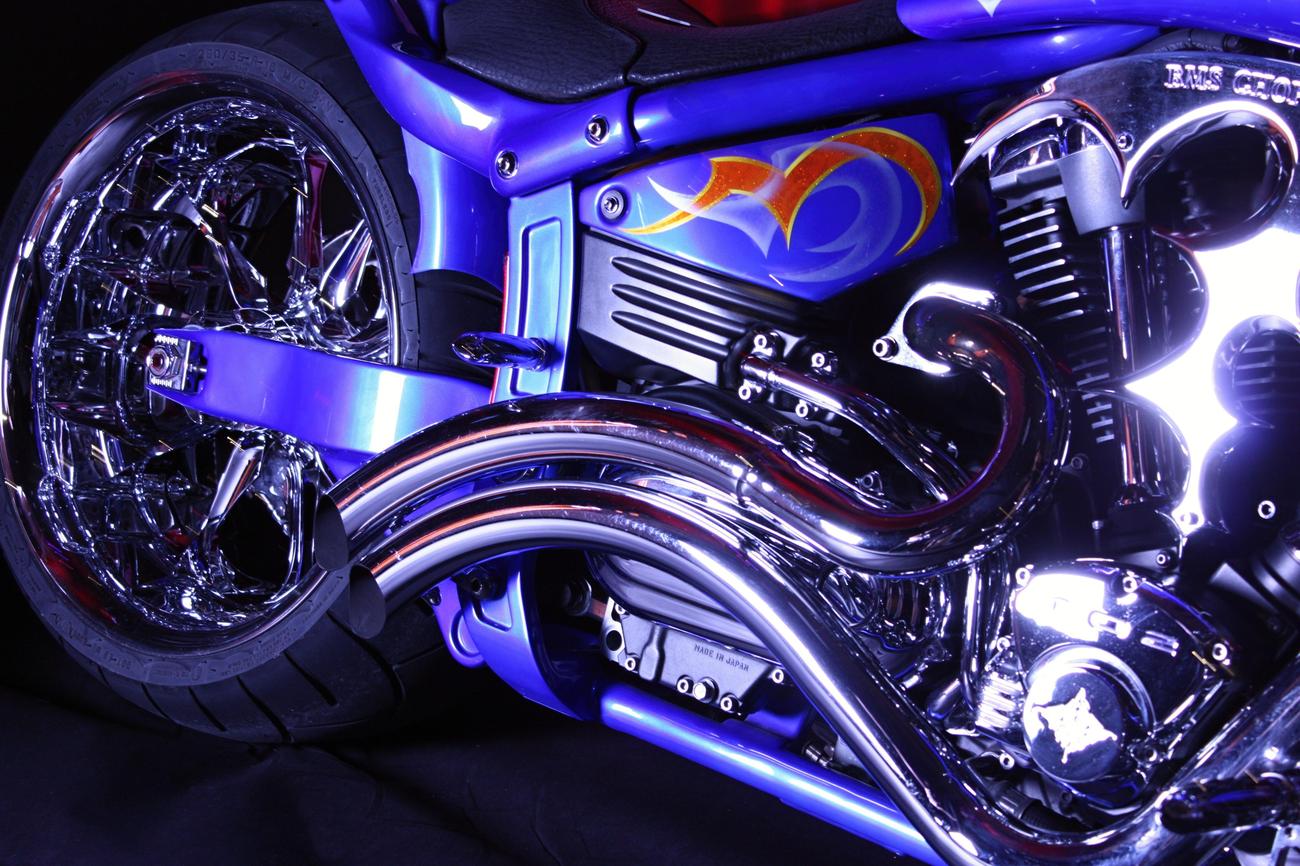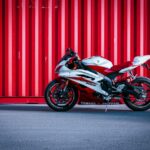Are you ready to dive into the fascinating world of motorcycle engines? If you’ve ever been curious about the different types of engines that power these two-wheeled beasts, you’ve come to the right place. In this comprehensive guide, we’ll demystify motorcycle engine types, exploring everything from the tried-and-true air-cooled engines to the high-performance marvels of liquid-cooled technology. As a seasoned automotive journalist with a passion for motorcycles and an extensive background in the automotive industry, I’m here to take you on an exhilarating journey through the inner workings of these powerful machines. So, buckle up (or should I say, helmet on) and get ready to discover the heart and soul of motorcycle performance. It’s time to rev up and explore the captivating world of motorcycle engine types!

Motorcycle Engine Types
When it comes to motorcycles, the engine is the heart and soul of the machine. It determines not only the power and performance of the bike but also its character and personality. Whether you’re a seasoned rider or a beginner exploring the world of motorcycles, understanding the different motorcycle engine types is crucial. This comprehensive guide will demystify the various engine types, from the tried-and-true to the innovative and rare.
Single-Cylinder Engines: Simplicity and Power
Let’s kick things off with the single-cylinder engine, which can be likened to the “loner” of the motorcycle engine world. Like a lone wolf, the single cylinder stands tall as the only power provider for the bike. Simple in design, it offers raw power with just one large cylinder. This engine type is commonly found in smaller motorcycles and dirt bikes, renowned for their nimble performance and excellent fuel efficiency.
“Single-cylinder engines offer a no-frills approach, perfect for those seeking a straightforward and efficient riding experience.”
Parallel-Twin Engines: Balance and Versatility
Moving on, we encounter the ever-popular parallel-twin engine. Picture two cylinders lined up side by side, working together in perfect harmony. This configuration provides a well-balanced power delivery, resulting in smooth acceleration and a pleasant riding experience. The parallel-twin engine is a common choice for both entry-level and mid-sized motorcycles, offering versatility and reliability on the road.
“Parallel-twin engines strike a harmonious chord between power and balance, making them a popular choice among riders of all levels.”
V-Twin Engines: Iconic Sound and Power
Ah, the unmistakable roar of a V-twin engine. If you’ve ever heard a Harley-Davidson rumble by, you’ve experienced the magic of this engine type. With its distinctive V-shaped arrangement, the V-twin offers not only a unique sound but also impressive torque and power. This configuration is famous for its commanding presence on the road, making it a favorite among cruiser enthusiasts.
“V-twin engines bring the thunder with their signature sound and power, delivering a one-of-a-kind riding experience that is hard to replicate.”
L-Twin Engines: A Variation on the V-Twin
Next up, we have the L-twin engine, which is essentially a variation of the V-twin design. In an L-twin engine, one cylinder is positioned lower than the other, resembling the shape of the letter “L.” This configuration provides better weight distribution and allows for a lower center of gravity, resulting in improved handling and maneuverability. L-twin engines are commonly found in sport bikes and offer a thrilling ride for those craving agility and performance.
“L-twin engines take the V-twin design to new heights, redefining the concept of handling and performance in sport bikes.”
Inline Engines: Power in a Straight Line
Enter the inline engines, where the cylinders are arranged in a straight line. You’ll find these engines in various configurations, with two, four, or even six cylinders in a row. The inline engine design offers a compact and efficient layout, delivering power in a linear manner. These engines are commonly found in sport bikes, providing exhilarating acceleration and top-end performance.
“Inline engines bring a sense of precision and speed to the table, combining power and agility for an adrenaline-fueled riding experience.”
V4 Engines: Compact and Balanced Performance
Ever heard of a V4 engine? Less common than the previously mentioned types, the V4 engine packs a punch in a compact package. With its four cylinders arranged in a V-shape, this engine configuration offers a balanced power delivery and smooth performance. V4 engines can be found in both sport bikes and high-performance motorcycles, providing an optimal blend of power and compactness.
“V4 engines exemplify the marriage of engineering prowess and performance, delivering a balanced and exhilarating ride.”
Flat-Twin Engines: The BMW Legacy
If you’re familiar with BMW motorcycles, then you’ve encountered the distinctive flat-twin engine. Often dubbed the “boxer” engine due to the horizontal positioning of the cylinders, this configuration provides advantages in terms of weight distribution and overall balance. The flat-twin engine offers a unique riding experience, characterized by its smooth power delivery and iconic BMW heritage.
“Flat-twin engines have a character all their own, breathing life into the BMW legacy and offering riders a one-of-a-kind experience.”
Rotary Engines: The Unconventional Innovators
Last but certainly not least, we have the rotary engine, a rare and unconventional choice. With its unique triangular-shaped rotor, this engine design spins around to generate power, resulting in a smooth and high-revving performance. Rotary engines were experimented with by a few motorcycle manufacturers, most notably by Mazda in the past. While rotary engines are not widely used in motorcycles today, they remain a testament to the pursuit of innovation and performance.
“Rotary engines exemplify the daring spirit of innovation in the motorcycle world, though their rarity adds an air of mystique and curiosity to the riding experience.”
Choosing the Right Engine for You
Now that we’ve explored the various motorcycle engine types, it’s clear that each has its own characteristics and strengths. When selecting a motorcycle, consider factors such as personal preference, intended use, and desired performance characteristics. Remember, the fastest engine type and the most affordable one can vary depending on specific models and market conditions. Additionally, don’t forget to factor in reliability, maintenance requirements, build quality, and the reputation of the manufacturer.
So, whether you’re drawn to the simplicity of a single-cylinder engine, captivated by the power of a V-twin, or intrigued by the innovation of a rotary engine, there’s a motorcycle engine type out there that’s perfect for you. Happy riding and may the engine’s roar ignite your passion for the open road!
“Each motorcycle engine type has its own story to tell, offering a unique blend of power, performance, and personality that speaks to the heart of every rider.”
Motorcycle Facts For Beginners
Are you a motorcycle enthusiast or thinking of taking up this thrilling hobby? If so, you’re in the right place! We’ve compiled a list of motorcycle facts for beginners to help you kickstart your journey into the world of two-wheeled adventure. From choosing the perfect bike to mastering essential riding techniques, our comprehensive guide covers it all.
Don’t miss out on these vital facts for beginners – click here for more: Motorcycle Facts For Beginners. Discover how to ride with confidence, stay safe on the road, and unlock the exhilarating freedom that comes with being a motorcycle rider. Get started today and embark on an unforgettable journey into the world of motorcycles.

FAQ
Question 1: What are the different types of motorcycle engines?
Answer 1: Motorcycle engines can be categorized into various types, including single-cylinder, parallel-twin, V-twin, L-twin, inline, V4, flat-twin, and rotary engines. Each type has its own characteristics and offers different benefits in terms of power delivery and performance.
Question 2: What is the difference between single-cylinder and parallel-twin engines?
Answer 2: Single-cylinder engines have a single large cylinder and provide power to the bike in a simple and straightforward manner. On the other hand, parallel-twin engines have two cylinders placed parallel to each other, which results in a more balanced and smoother power delivery.
Question 3: What makes V-twin engines unique?
Answer 3: V-twin engines are easily recognizable and offer a distinctive sound and power delivery. They have two cylinders arranged in a V shape, providing a combination of performance and character. Many iconic motorcycle brands, like Harley-Davidson, are known for using V-twin engines.
Question 4: What is the difference between V-twin and L-twin engines?
Answer 4: L-twin engines are a variation of the V-twin design. The main difference is that in an L-twin engine, one cylinder is positioned lower than the other, resulting in a lower center of gravity. This design variation can have an impact on the bike’s handling characteristics.
Question 5: Which engine type is the fastest?
Answer 5: The fastest engine type can vary depending on specific models and modifications. Factors such as engine displacement, power output, and overall bike design contribute to the top speed. Sportbike models with high-performance engines, such as inline-four or V4 engines, are often known for their exceptional speed capabilities. However, it’s important to note that speed is not solely determined by the engine type; other factors like aerodynamics and weight also play a significant role.












